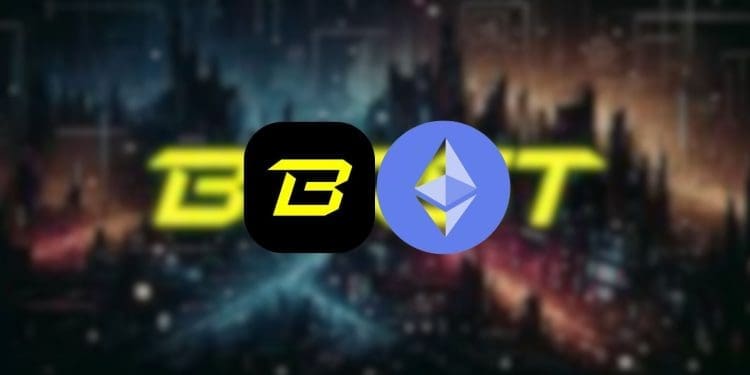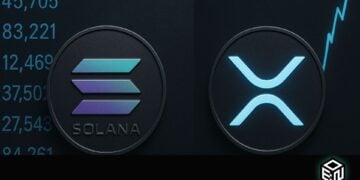- After months in limbo, Ethereum scaling solution Blast has launched its mainnet, enabling users to finally withdraw funds
- Blast has already attracted over $2.3 billion in total value locked from over 180,000 early access users, demonstrating strong demand
- Now live on mainnet, Blast joins top Ethereum Layer 2 contenders like Arbitrum and Optimism, with plans to launch a governance token later this year
Ethereum’s highly anticipated Layer 2 scaling solution, Blast, has officially launched its mainnet. This milestone enables users to finally withdraw funds from the platform after months in limbo.
Early Adoption Success
Over 180,000 early access users have already put over $2.3 billion in total value locked onto the Blast protocol ahead of the mainnet launch. Assets on Blast currently include:
- Roughly 469,000 ETH
- $773 million USDC
- $671 million USDT
- 148,000 stETH
- 247 million DAI
This impressive amount of TVL before the mainnet demonstrates the strong demand and excitement for Blast as a scaling solution.
What is Blast?
Blast was created by Tieshun Roquerre, founder of the NFT marketplace Blur. It aims to provide a native yield model for ether and stablecoins, touting 4% interest for the former and 5% for the latter.
The platform is built on the principle that liquidity flows to where it can get the highest yield. On Blast, user balances compound automatically and earn additional Blast rewards.
Some users initially claimed Blast’s yield model resembled a Ponzi scheme. However, Roquerre denied these claims, stating the yield comes from liquid staking protocol Lido and DeFi protocol MakerDAO.
Blast raised $20 million in November 2022 led by crypto venture firms Paradigm and Standard Crypto. The ability to redeem Blast Points starts on May 24th.
Mainnet Launch and Beyond
With the mainnet now live, Blast is positioned as a top Ethereum Layer 2 contender alongside heavyweights like Arbitrum and Optimism. The team can now focus their efforts on further decentralized governance and utility for the BLAST token set to launch later this year.














